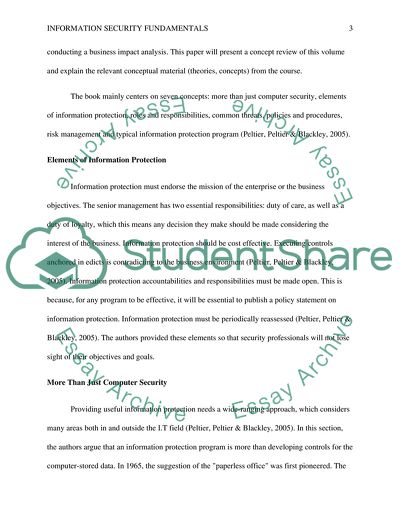Cite this document
(Information Security Fundamentals Book Report/Review, n.d.)
Information Security Fundamentals Book Report/Review. https://studentshare.org/information-technology/1811645-review-of-information-security-fundamentals-by-peltier
Information Security Fundamentals Book Report/Review. https://studentshare.org/information-technology/1811645-review-of-information-security-fundamentals-by-peltier
(Information Security Fundamentals Book Report/Review)
Information Security Fundamentals Book Report/Review. https://studentshare.org/information-technology/1811645-review-of-information-security-fundamentals-by-peltier.
Information Security Fundamentals Book Report/Review. https://studentshare.org/information-technology/1811645-review-of-information-security-fundamentals-by-peltier.
“Information Security Fundamentals Book Report/Review”. https://studentshare.org/information-technology/1811645-review-of-information-security-fundamentals-by-peltier.


